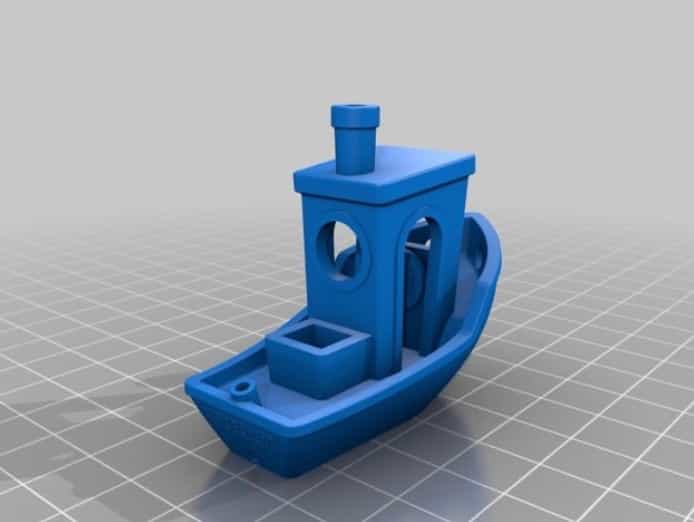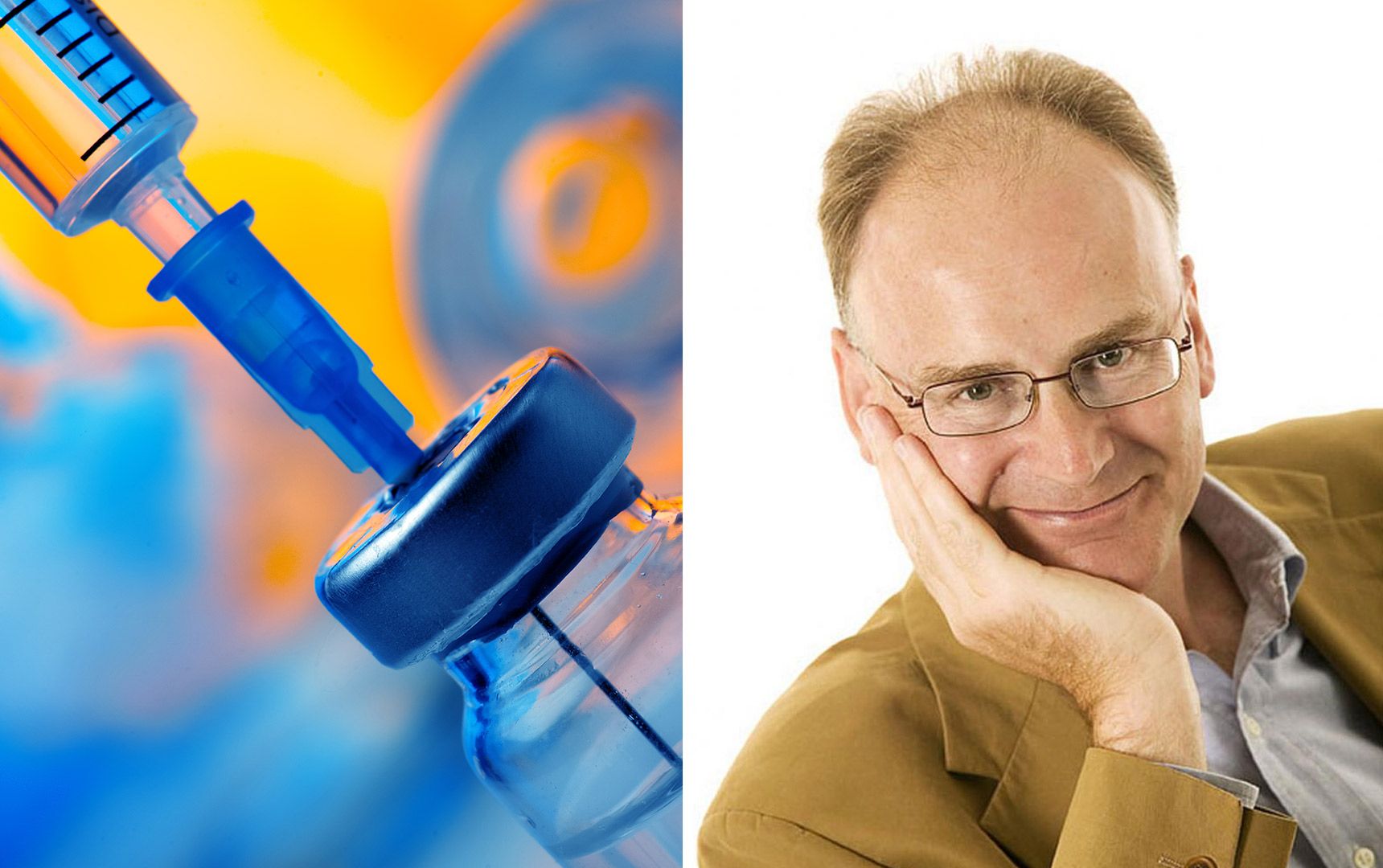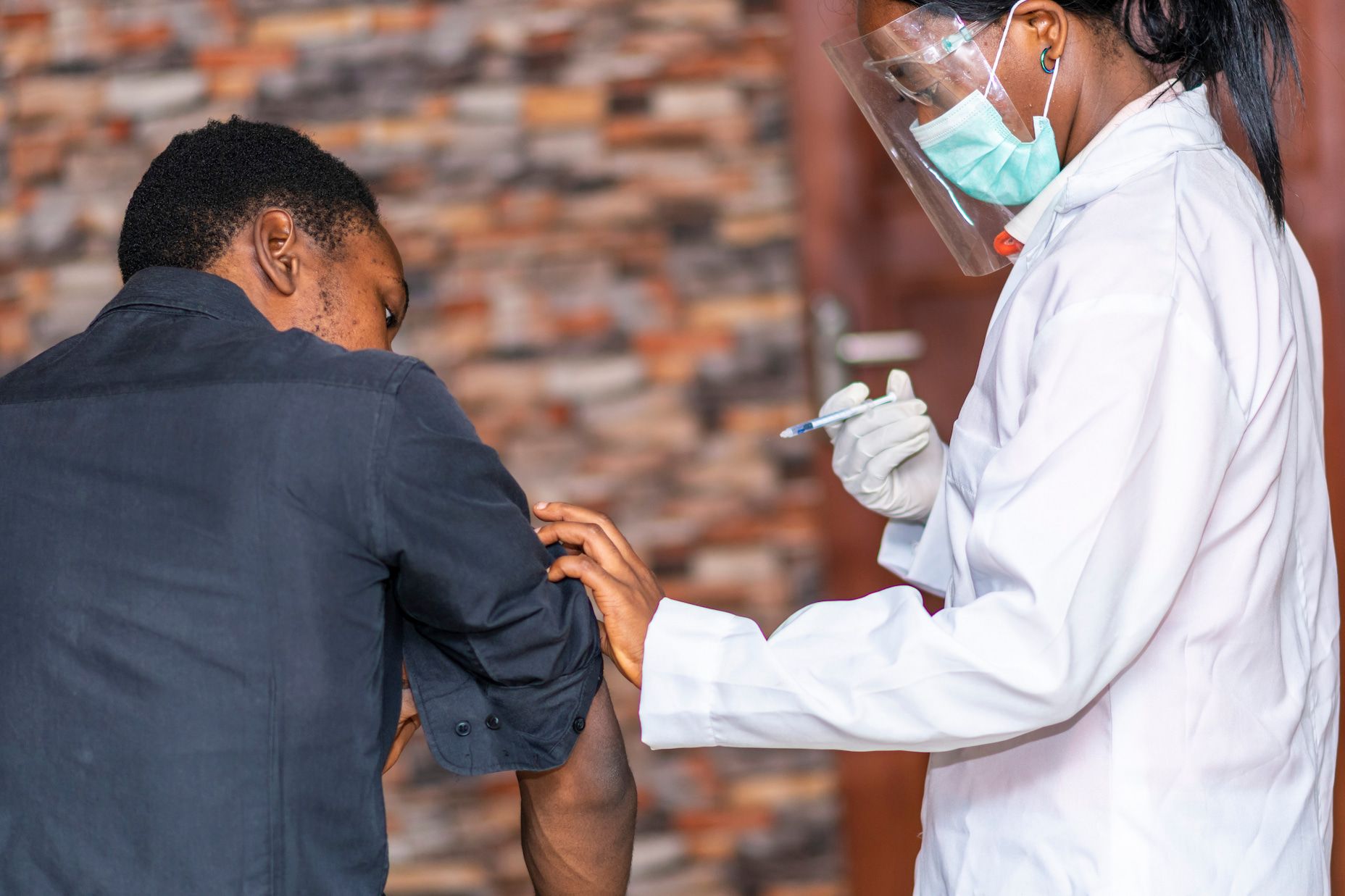
⛴ The world's smallest ship sails in blood vessels - loaded with what then?
Nanoparticles that travel in blood vessels must be able to release drugs in exactly the right place. Now it is a matter of connecting form with function. A small boat plays an important role.
Share this story!
3D printing a small boat is not an art today. Making it so small that it can carry chemical substances into blood vessels is something completely different.
A German manufacturer of 3D printers, Nanoscribe , has already developed an endoscope that can examine the inner walls of small blood vessels, with a diameter of half a millimeter.
The tiny endoscope can analyze the presence of plaque, cholesterol crystals and platelet levels. In this way, a patient's risk of suffering a stroke can be assessed, and then the right treatment can be initiated with the help of nanoparticles that release chemical substances.
The world's smallest boat, 0.003 mm in size, has been created by researchers at Leiden University in the Netherlands. The shape is called 3D-Benchy and is an accepted template in the 3D community, known for its challenges in terms of angles, openings and joints. It is an achievement to print it in nano size.
The world's smallest boat is self-propelled and will release chemical substances during its journey inside a blood vessel. In this way, the treatment can be much more precise than when a patient, for example, swallows a pill.

To date, nanorobots have had sphere- or rod-like shapes. When nanorobots are to release drugs in a predetermined way, it would be an advantage to be able to adapt the shape to the mission. Other microswimmers , such as sperm and bacteria, have different tasks and therefore look different.
A printing method called 2PP, two photon polymerization, makes it possible to customize the nano-particles depending on the nature of the assignment. The method enables researchers at Leiden University to try their hand at the optimal shape of the boat.
This is what it might look like:
- an endoscope from Nanoscribe is sent into a blood vessel to provide a basis for a diagnosis
- the information about the blood vessel determines which treatment to start
- nanoscopes with the selected drug are sent to the right place in the blood vessel and release the right dose of the substance
The application will reach several areas. Many researchers, for example, look extra closely at how to improve the treatment of various cancers. Much would be gained if one could focus only on the cancer cells. To be continued.
Make the future come sooner!
By becoming a premium supporter, you help in the creation and sharing of fact-based optimistic news all over the world.


